The snow on leaving Preston got even worse as we headed towards the M62. Trucks were at a standstill and one 4x4 had skidded and flipped over!
We eventually arrived at JHF1 in glorious sunshine and to the sight of a barn owl hunting at 8:30am!! We also spotted a sparrowhawk with its breakfast tightly clutched in its talons.
We were met by the landowner who wondered who it was as he'd not seen the new vehicle yet. With that we were invited into the kitchen to discuss where we might be detecting. Two new fields were seeded and the game cover had been removed from three areas which might prove interesting.
The first area we decided to survey was indeed an area of game cover that had been flattened. This was right alongside a newly seeded winter wheat field where we had recovered several Roman coins in December last year.
It wasn't long before Roman coins started to appear with bits of lead, lots of tiny pieces of iron and two fragments of trumpet fibulae. One of the brooch fragments had an unusual piece attached to the head section and was recovered on the field surface.
An amusing bit was when a piece of flint (looking like lead) gave a good signal. Sure enough, the pro-pointer also confirmed that it was a good signal! I couldn't believe that this piece of flint was reading 71 on the Déus readout and was being picked up with the probe. The puzzle was solved with the discovery of a Roman coin "glued" to the rear of the flint blade!!
23 Roman coins later and it was time for lunch.
After lunch we checked out a newly seeded field but we didn't get any signals and there was no evidence of pottery, either Roman nor Medieval.
With that we decided to check out a field that was too wet last December.
On that visit we retrieved some lovely fragments of Medieval jug handles so the outlook was promising.
Within an hour we had recovered four hammered coins, three Edward I and a Lizzie sixpence dated 1574 AD. Another six hammered coins and a superb example of a vesica seal matrix were recovered.
In total we had ten hammered coins and some great C14th pottery on this visit with at least another third of the field left to search.
The choice of coil was the 13" x 11" elliptical and we used these all day paired with the standard GMP mode run in "Tracking".
Most finds were within the usual 3" depth zone and many on the surface.
We called back at the farmhouse and asked about a field that is rough ploughed over a deserted Medieval village. This is planned to be seeded in late May. We also asked about the plans for the "hoard" field and he said he'd plough it much deeper than usual but would monitor it very closely and would stop the process if anything was spotted of significance.
He did add that if he was planting OSR instead of wheat again he'd just directly drill it!
Images of the days' finds can be seen here.
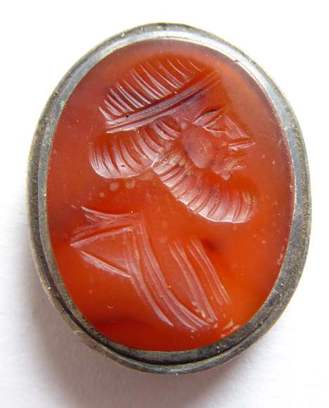
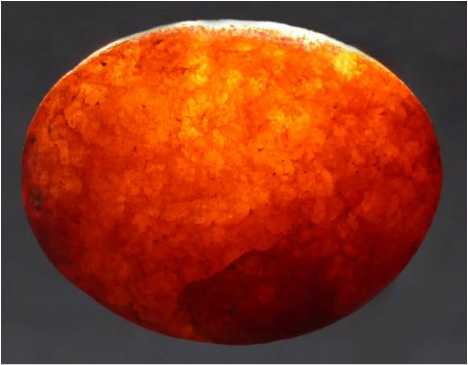
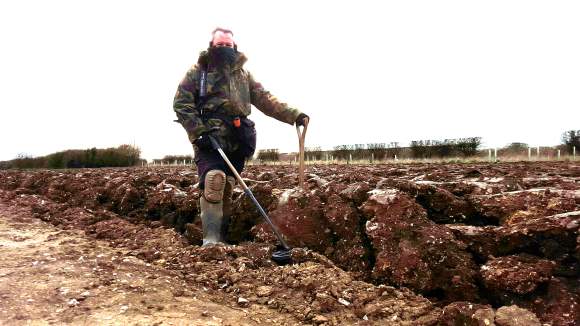
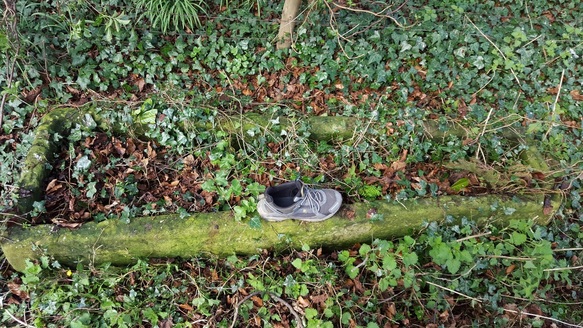
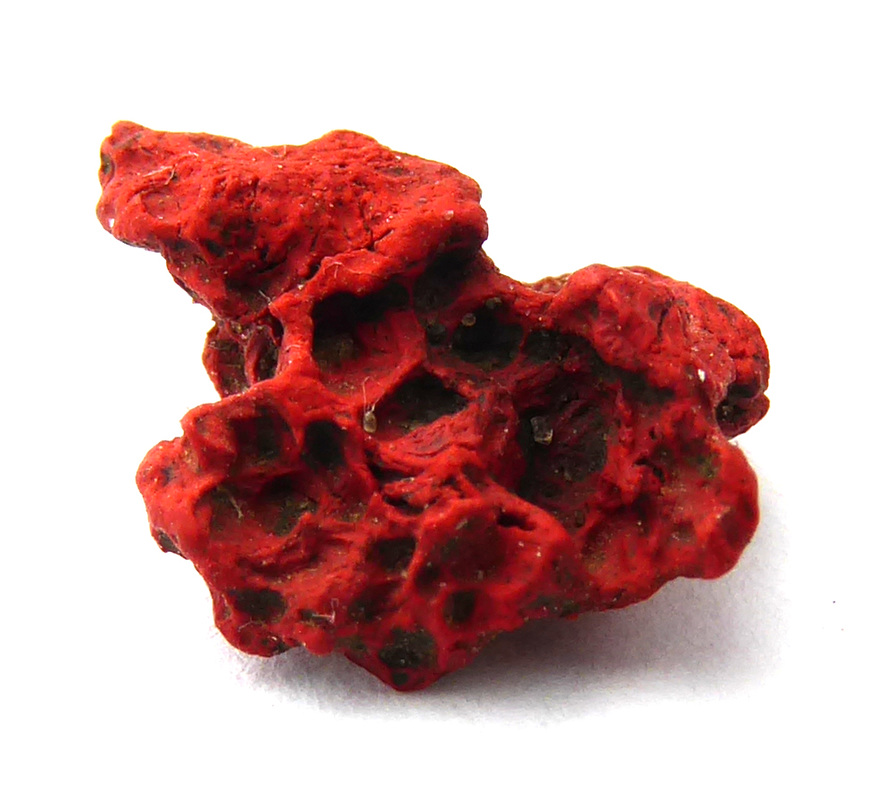
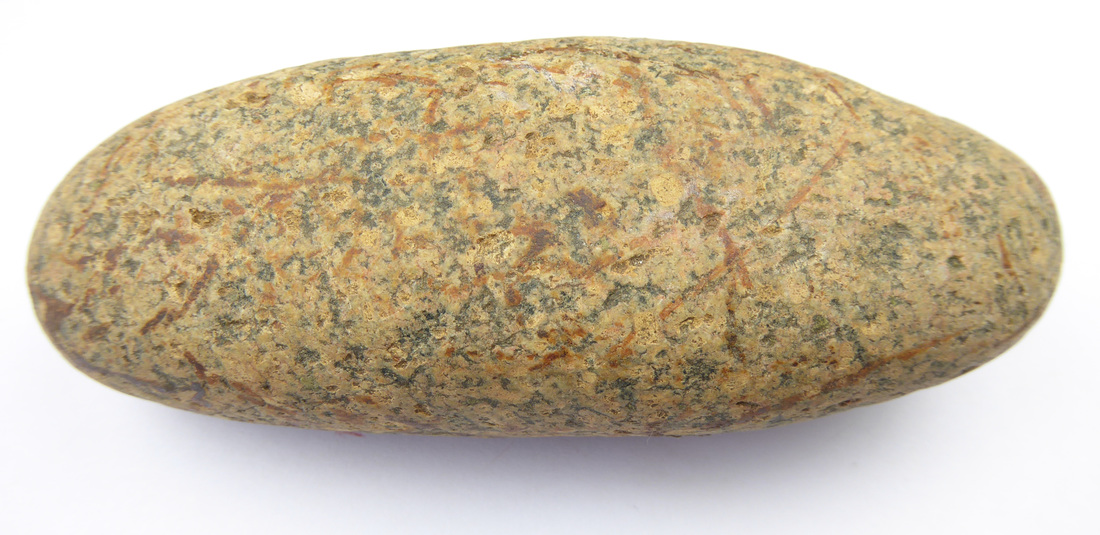

 RSS Feed
RSS Feed
